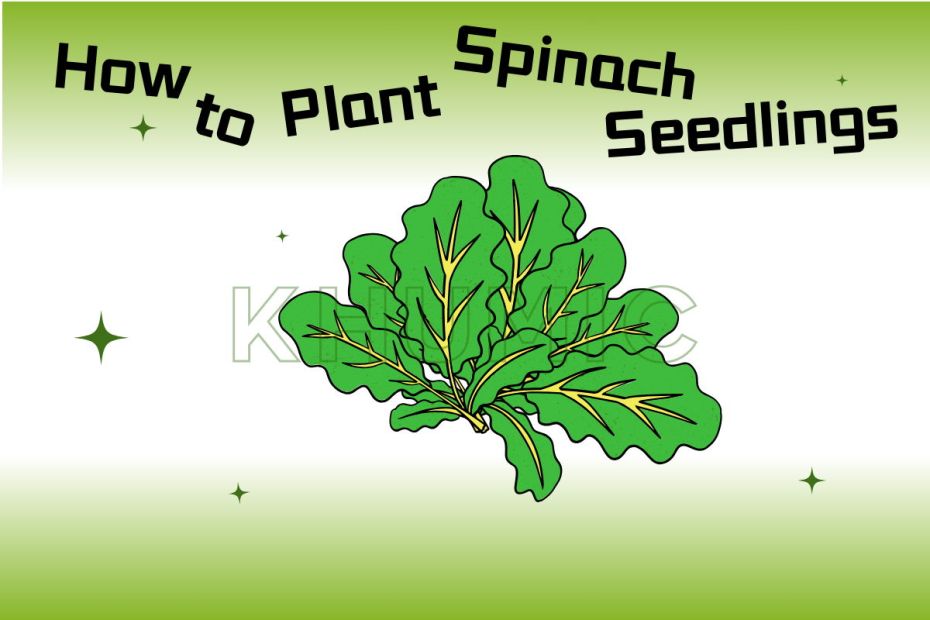Spinach has bright green leaves and is packed with nutrients that make for a healthy addition to any meal. If you’re eager to grow your fresh spinach at home, plant spinach seedlings is a great way to start a leafy garden. In this guide, we’ll walk you through the process of growing spinach seedlings, From choosing the right variety and where to plant the seedlings to how to fertilize and water.
Table of Contents
What are Spinach Seedlings?
Spinach seedlings have short stems and leaves. There are many different varieties, including Italian, Russian, and domestic varieties, and they are usually grown as annuals. For example, all-season spinach is a silver beet that is harvested when the leaves are small and tender; Malabar spinach is eaten as a spinach alternative but is grown as a tender perennial vine with different growing requirements than spinach.
Spinach seedlings are easy to grow in most soil types. They photosynthesize more efficiently than other plants, so they need less water and fertilizer.
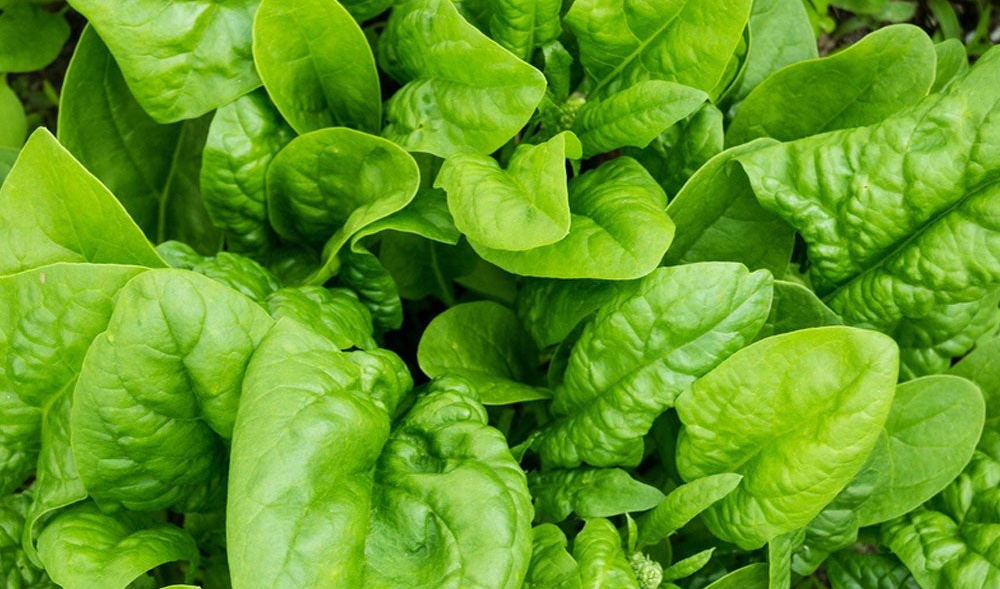
Plant Spinach Seedlings
Spinach grows very quickly (only 5-6 weeks from sowing to harvesting) and will continue to produce new leaves for several weeks, so you can harvest as often as you like. Here’s how and when to plant spinach seedlings:
Choose the Right Spinach Variety
Before you start growing spinach seedlings, it is vital to choose a variety that suits your growing conditions and taste preferences. Whether you prefer crinkled or smooth-leaved spinach, consider factors such as heat tolerance, disease resistance, and harvest time to choose the best seeds for your garden.
- Crinkled Spinach: Relatively high yields and better able to withstand cold. Crinkled spinach leaves are very curly and grow quite low, requiring you to bend down to clean the leaves.
- Semi-Crinkled Spinach: A variety that grows more upright than crinkled spinach, with much less curling of leaves. The biggest advantage is disease resistance and resistance to bolting.
- Smooth-leaved Spinach: Very smooth surface, easy to clean. Available as a canned and frozen variety of spinach.
Choose the Right Site
Before you start growing spinach seedlings, it is vital to choose the right site. Spinach thrives in cool weather and prefers semi-shade. Choose a spot in the garden that receives 4-6 hours of sunlight per day. Make sure the soil is well-drained and rich in organic matter to promote healthy growth.
When to Plant Spinach Seedlings
Newbies often assume that they should be planted in early spring or fall, but spinach seedlings can be planted all year round.
Avoid planting in extremely hot or cold weather, as this may affect germination and growth.
Prepare the Soil for Planting
Prepare the soil by digging a hole slightly larger than the root ball of the spinach seedling. Spinach needs well-drained soil that is rich in organic matter. Weed thoroughly, till the soil and add some compost or humus organic fertilizer to enrich the soil with nutrients and improve the soil structure. Avoid using fresh horse manure, as it can burn the seedling’s delicate root system. During the growing season, keep in mind that container-grown spinach may need additional fertilizer to promote healthy growth.
Planting Spinach:
Spinach seeds do not require any treatment (e.g. soaking, stratification) before sowing. Seeds grow best when sown directly in the garden and can be sown using the less formal “casting” method. Simply rough up the soil, spread the seeds evenly on the soil surface, and then gently smooth the soil to cover the seeds.
If transplanting spinach seedlings, be careful not to damage the roots. Place each seedling in the prepared hole and gently pat the soil around the roots to secure it in place. Space the seedlings about 6 inches apart to allow room for growth.
To give the plants room to grow, thin out the seedlings when they are large enough. Remove weak seedlings and space plants about 25-35 cm apart, with 40-50 cm between rows.
Watering and Mulching
Spinach prefers chronically moist soil. After planting the seedlings, especially during dry periods, water them well (water when the soil is dry about 5 cm below the surface) to keep the soil consistently moist but not waterlogged. Be careful to water thoroughly in the early morning or late afternoon. Avoid watering the leaves of the plant to avoid triggering fungal diseases. Consider adding a layer of mulch around the base of the plant to retain moisture and suppress weeds.
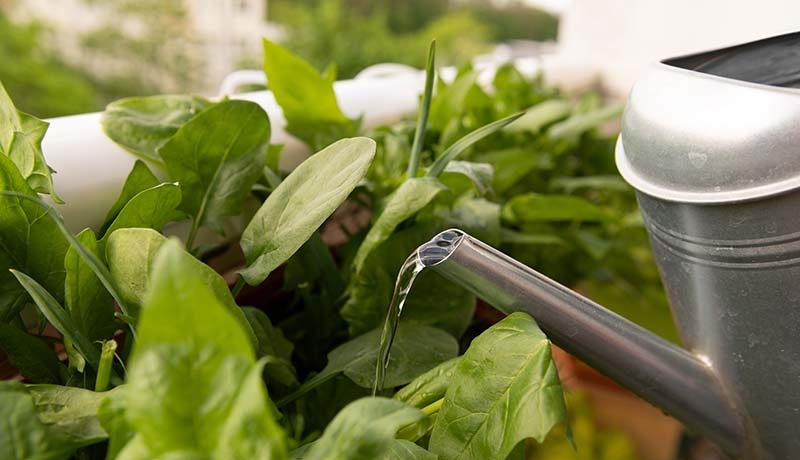
How to Fertilize When Plant Spinach Seedlings
If the soil is well prepared, no additional fertilizer is necessary. In poor soils or to give the plant an extra boost, apply a high-nitrogen fertilizer or a balanced fertilizer formulated for leafy greens or herbs. Apply a slow-release fertilizer at the recommended rate at transplant time or when the seedlings are 5-10 cm tall.
A general rule of thumb is to fertilize once the plants are established. For annual vegetables, a complete fertilizer containing nitrogen, phosphorus, potassium, and sulfur should be used every 3 months throughout the growing season.
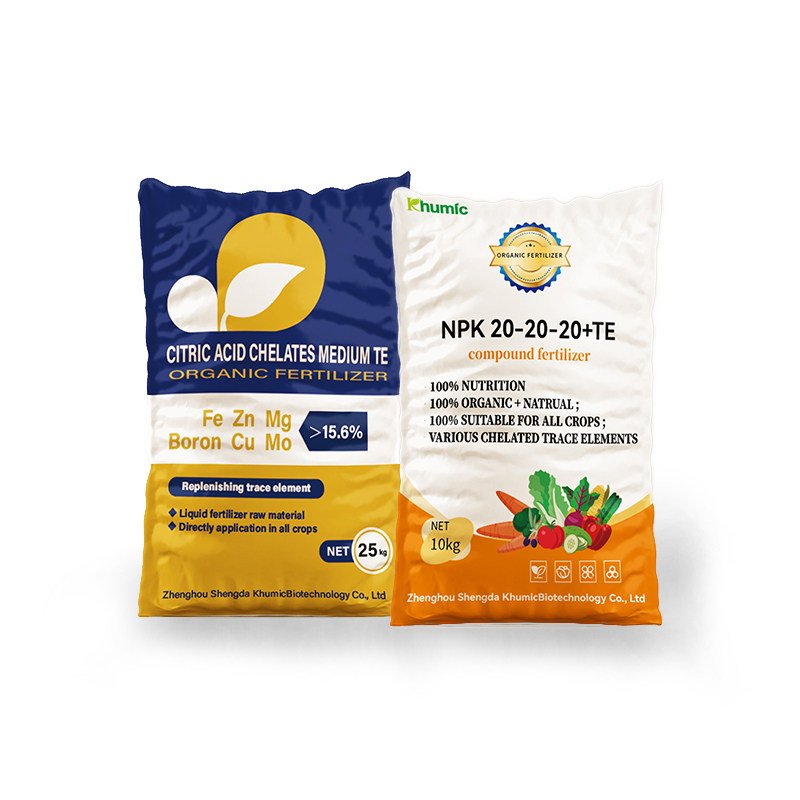
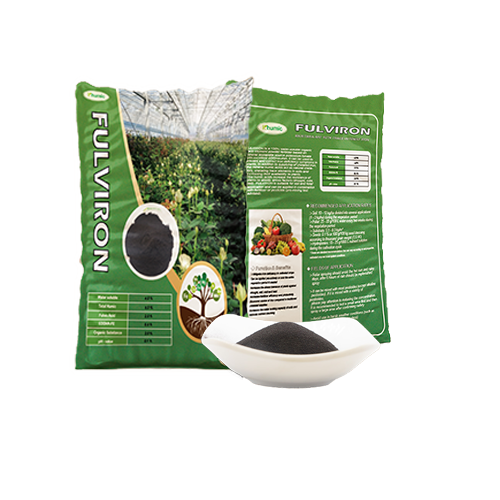
Problems with Growing Spinach Seedlings
Despite your best efforts, you may encounter challenges when growing spinach, such as bolting, leaf spots, or nutrient deficiencies. Identify the root causes of these problems and implement appropriate solutions, such as providing shade during hot weather, rotating crops, or adjusting fertilization practices.
When growing spinach, consider companion plants such as radishes, strawberries, and lettuce, which can help improve soil health, attract beneficial insects, and maximize space in your garden.
FAQs
Can I plant spinach seedlings directly in the garden without planting them indoors?
Yes, spinach seedlings can be planted directly in the garden if soil temperatures are suitable for germination. However, planting indoors gives you a head start on the growing season.
How often should I water my spinach seedlings?
Spinach seedlings prefer consistently moist soil, so water regularly, especially during dry spells. Avoid overwatering, which can cause root rot.
When is the best time of day to harvest spinach leaves?
Pick spinach leaves early in the morning when they are crisp and moist. This ensures that the dish has the best flavor and taste.
How can I prevent pests from destroying my spinach plants?
To eliminate pests such as aphids and caterpillars, consider using organic pest control methods such as spraying with neem oil or introducing beneficial insects such as ladybugs in your garden.
Can I replant spinach from cuttings after harvesting it?
Although spinach is usually grown from seeds, you can try to replant spinach from cuttings by placing the stems in water or soil and providing proper care.
